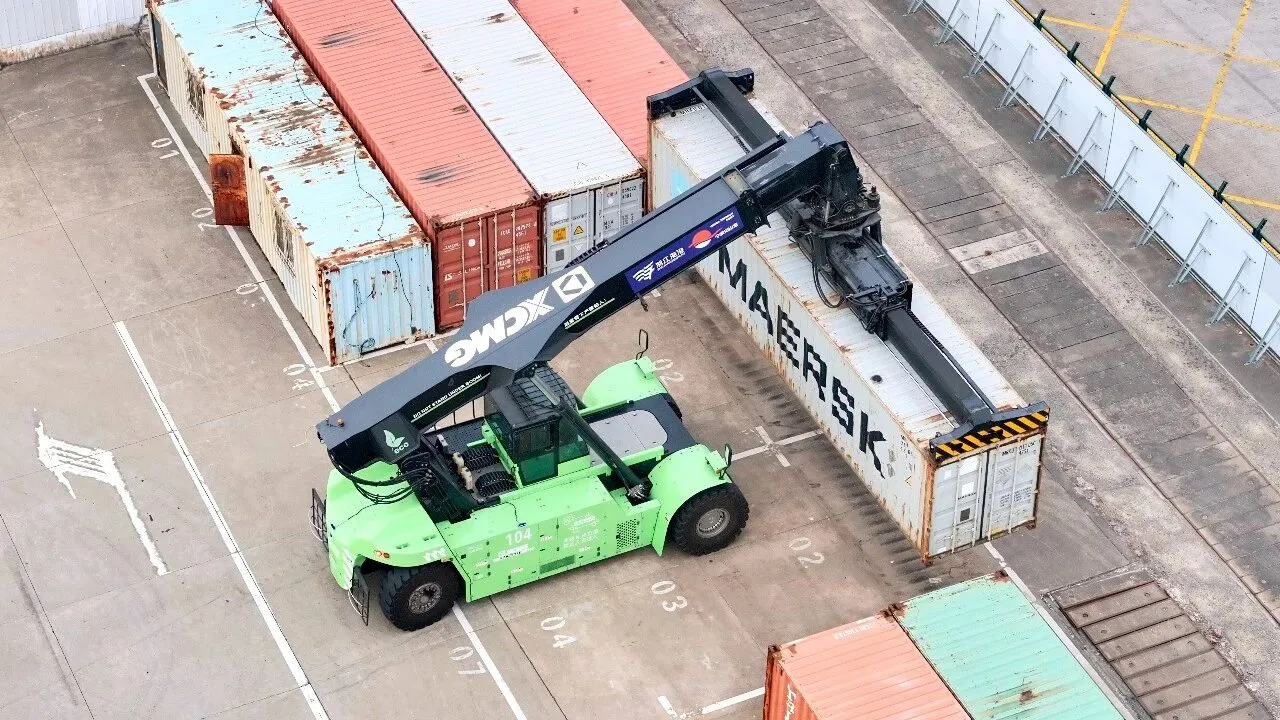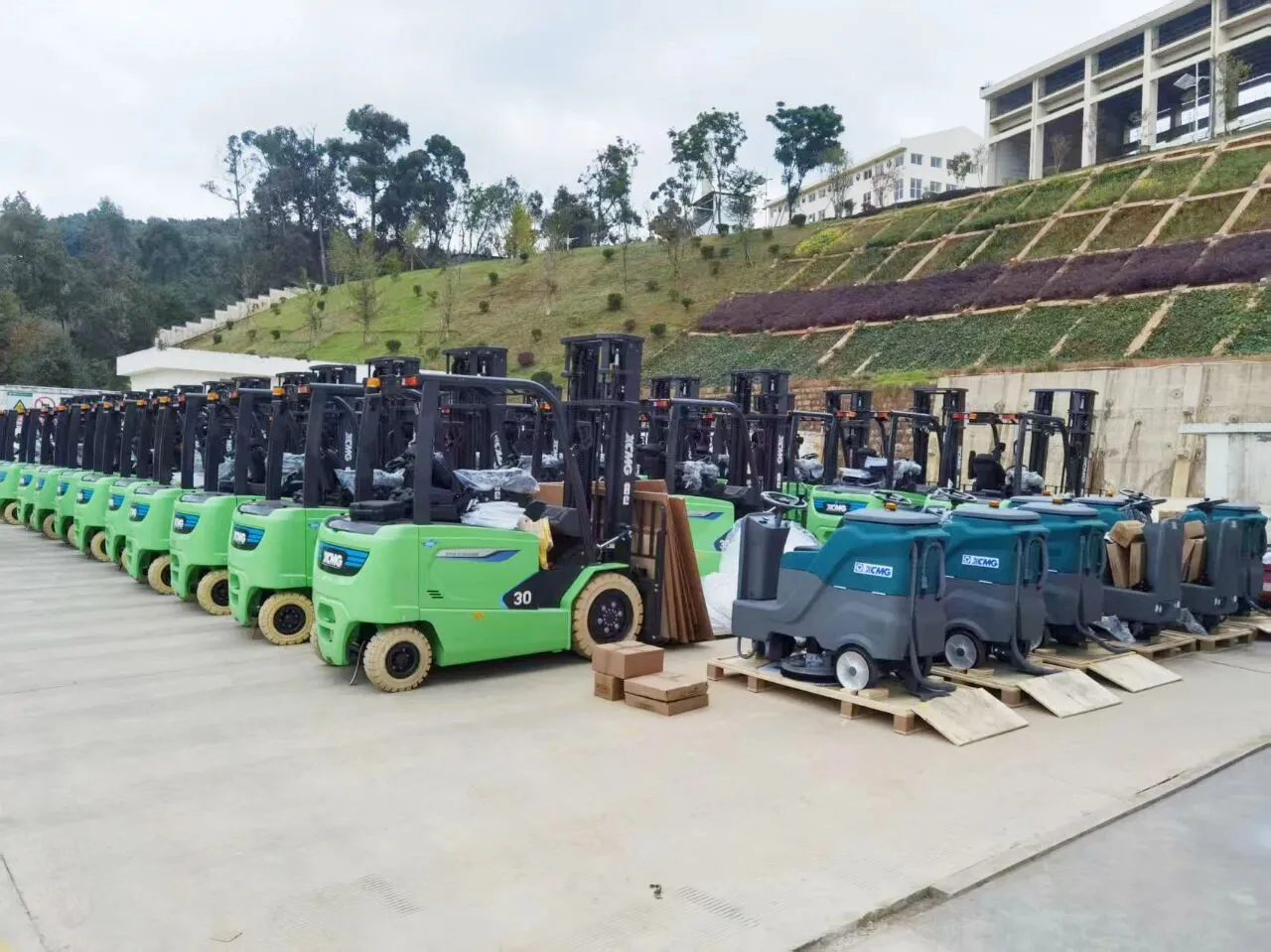Diversify Your Workforce Talent Pools with Intention

If you feel like there are fewer workers to
be found these days, rest assured, you are correct.
A decrease in the rate of births, declining
since the 1970s, coupled with decreasing labour market participation, more job
openings, a shortfall of immigrants, and a surge of retirements, is creating a
workforce problem that is hard to ignore.
Although we continue to experience the
challenge, many of us still cling to the flawed idea that continuing to do what
we've always done will somehow, some way, finally yield positive results. Let's
take a look at the data, create some urgency around why you need to make some
changes and then talk about potential new and effective approaches to
recruiting.
The numbers don't lie
We need over 2 million more people in the
labour force to recover to the 63.4 percent labour force participation rate we
had in February 2020, just prior to the beginning of the COVID-19 pandemic. We
also need 175 million more people in the labour force to just bring us back to
the number of people who were working at that time.
The labour force participation rate is only
a measure of currently employed individuals and people actively seeking work
(unemployed). If you're sitting on the sidelines, as an estimated 40 percent of
our total population is right now, and you've chosen not to work or have just
given up looking for a job, you are no longer being counted as unemployed. So,
what are the most common reasons people are on the sidelines? The major ones
are as follows: retirement, school, family caretaking, and being unable to
work.
Employment opportunities are plentiful
The job market is currently booming, with
millions more jobs available than there were prior to COVID-19. As I write
this, there are just over 10 million job openings (an increase of 3 million
jobs from February 2020).
The takeaways here should be evident. Your
opening is not only competing with others in your industry but also with all
the interests, skills, and talents one person has that overlap with every open
position. There are many more opportunities to change career paths and just try
something new. According to the U.S. Bureau of Labor Statistics, the average
term workers stay with their respective job is four years. However, for those
younger than 35, that average drops to 2.8 years.
Immigration may not be a long-term solution
Many companies are looking to immigration
to help offset their labour challenges. It is a hedged bet, however, and one
that may help only in the short run. Plus, there's the fact that net
international migration is decreasing.
Birth rates in many countries people
emigrate from are slowing, and unemployment is low. The onset of COVID-19 and
the advancement of restrictive immigration policies resulted in a sudden drop
in immigration numbers. At the beginning of 2022, the U.S. was running 2
million immigrants short of the trend taking place prior to 2019, the
restaffing of immigration offices has allowed us to make up much of the lost
ground. However, the past two years have shown the fragility of planning on
immigration to close workforce gaps.
Retirements can't be overlooked
The other workforce pressure we find
ourselves experiencing is the growing retirement rates. Quite simply, it is
something many of us knew was coming. However, it is also something for which
many of us have not adequately prepared.
The combined forces of fewer people, more
jobs, uncertain immigration, and a high level of retirements created a perfect
environment for changing how we look at recruiting. After all, as we have
learned, doing what we have always done is not even getting us what we use to
get.
Recruitment efforts must change
Let's approach recruitment with two ideas
in mind: who's available and willing to work, and of that group, who's not
represented in our workforce. This can be easily done by segmenting the
workforce into population pools and determining the availability of each of the
population pools. If you recruit from the mainstream pools you always use, you
recruit from the pool with the maximum competition.





















